Tagged: weight lifting
Stealing The Best of Crossfit
By now most people who have an interest in fitness, or at least a goal of shedding some fat fast, have heard of Crossfit. For those of you who have not, Crossfit is a trademarked style of gym/fitness approach where workouts incorporate aspects of power-lifting (think Olympic weightlifting), high-intensity interval training (HIIT), and plyometrics (jumping and bursts of speed type movements), etc.
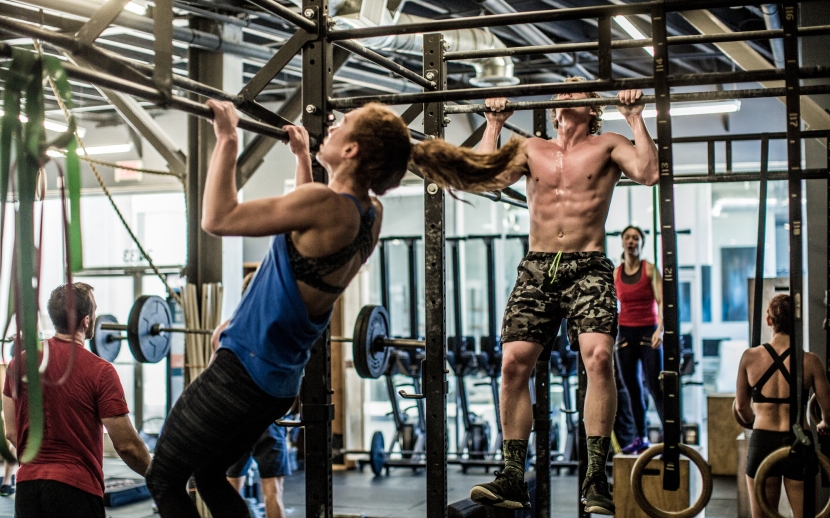
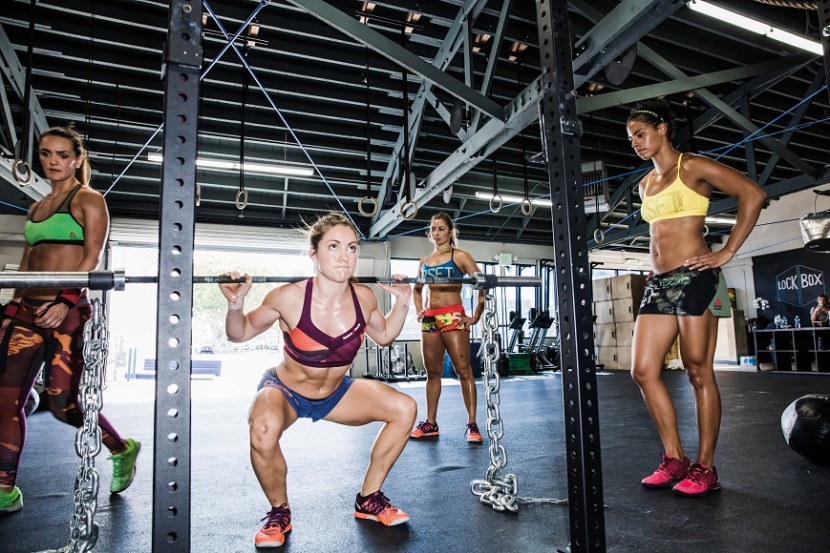
The benefits of Crossfit is rapid muscle gain, rapid fat loss, and an ego boost usually only achieved by completing true military boot camp (the “I survived it!” affect). The down sides are numerous however, the largest danger lies in the “no-quitting” philosophy built into Crossfit.
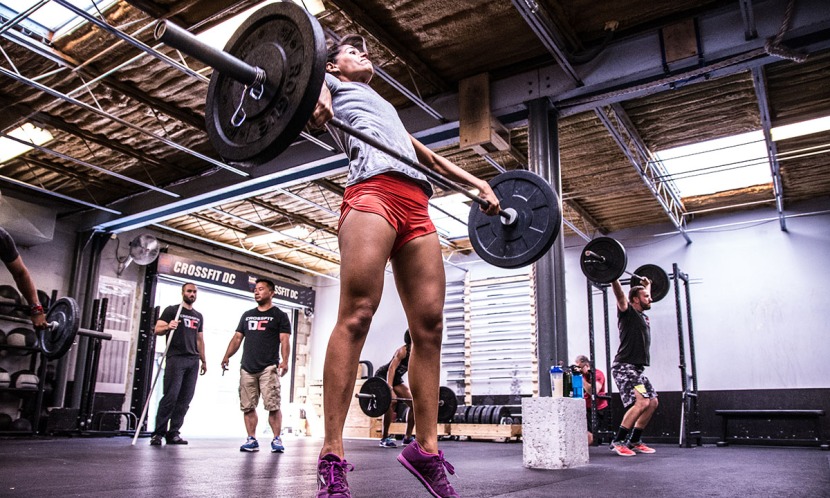
For the average body (not already athletic or at least genetically athletic) the excessive abuse on one’s muscles for prolonged periods can cause rhabdomyolysis – a kidney condition that can occur when excessive muscle break down releases myoglobin into the blood stream, which clogs up the kidneys and can thereby potentially poison the body. Crossfit makes you seriously sweat too, which can thereby create dehydration. Without proper hydration, your body cannot rid itself of the toxins (myoglobin) and this can lead to kidney failure and electrolyte imbalances that can ultimately affect your heart.
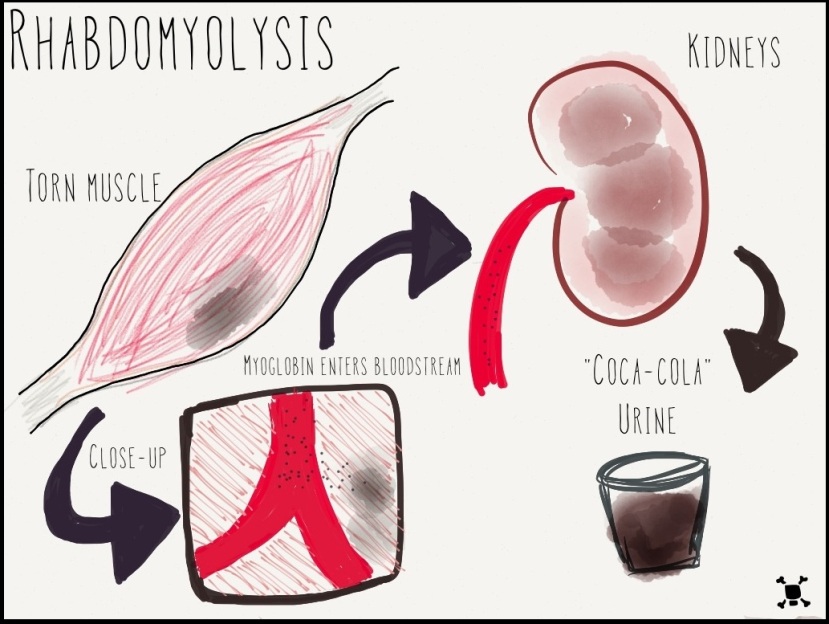
For these reasons, I have never been a proponent of Crossfit. However, recently I have begun incorporating one aspect of this popular fitness trend into mine and my client’s workouts – the power-lifting nuance. While I have always preferred a muscle isolation style of lifting (i.e., focusing my form to only using the biceps when performing curls, etc.), I have come to realize that sometimes lifting heavy enough that you need to draw upon several muscle groups to achieve the desired lift/push/pull, can definitely accelerate certain fitness goals.
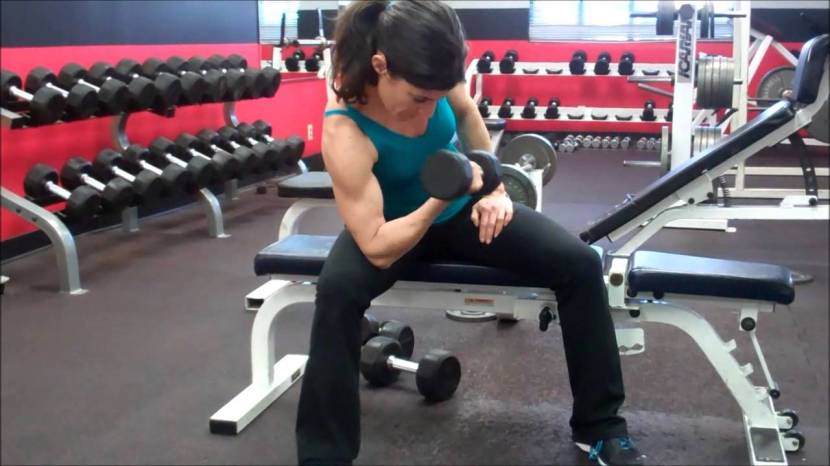
Therefore, as an example (see photo below) I might throw in a barbell squat jerk to curl to overhead press with straight arm return. By starting with a heavier weight than I might normally be able to curl 10 times, I use legs, back, and shoulders to power up that weight and then thrust it above my head.
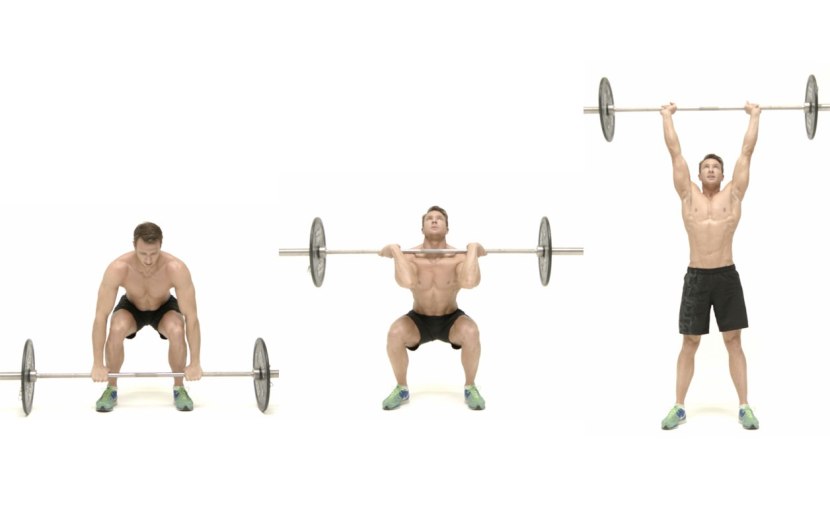
So while I still do not recommend entire daily workouts of Crossfit for the average client, I can advise you to consider incorporating some of their style into your weekly workouts. With careful attention to form and a lessening of the typical aggressive Crossfit style, you can still gain all the benefits, without as much risk. As always, it’s about balance — exercising too hard vs. too little. Find the right amount and take care of your body.

Isolation is Good.
N o one likes to be isolated – except for muscles! Isolating muscle groups when you work out can make a HUGE difference on the quality of your results and how quickly you achieve them.
Having a dance background (studied Ballet and Jazz from age 3-18), I have to remind myself that I have a skill many people at the gym lack. I understand isolations. Isolation is the ability to focus on only the muscle(s) needed for a particular movement. Dancers routinely run through a series of isolations in their morning warm ups to ensure that each muscle group is properly warmed and stretched prior to dancing.
Isolations is very important when it comes to resistance training as it will help you gain the most benefit from the least amount of lifting. But I have found that most people do not understand how to isolate their muscles. Therefore you see a lot over or under extension, swinging other body parts, and bad posture incorporated when people lift weights. This can cause injury, but more importantly it is an ineffective and inefficient way to work out. You’ll spend more time, often lifting heavier than you need to, and see less results. Who wants that?
So the next time you hit the weights, try the following the ideas. I’ll use a standard biceps curl as my example:
1. Ascertain exactly what muscle group the exercise is designed to affect (i.e., curls=biceps).
2. Position yourself (whether sitting or standing) in a way that will allow the rest of your body to stay relatively still, and any secondary muscles needed will only contribute about 25% of the exertion. In other words though your forearms are utilized they should not carry the brunt of the weight, and your shoulders should stay out of it completely.
3. Perform the exercise (the curl) slowly and precisely, maintaining a consistent contraction of the biceps (a squeezing) as you lift, and a slight relaxing and stretching of the muscles on the lowering (lowering all the way down, not half way as many people do).
4. Lift enough repetitions to exhaust the muscles and make them burn. If you start to swing your body or feel your shoulders pulling, or your forearms fatiguing, redirect your efforts back exclusively to the biceps (relax your hands, forearms and shoulders). Then do 5 more reps!
After 3-5 sets performed in this manner, you will have torn down and exhausted the muscles effectively, and now you can move on to another body part and do the same. Focusing on the quality of your form also helps you stay motivated as you will see more rapid results which always begets fresh enthusiasm to continue with your fitness goals.
So take the time to watch your form and learn to isolate each muscle group. Your body will thank you!
The Gym – Friend or Foe?
It’s almost summer, and the gym is packed. Every year gyms enjoy the “seasonal” membership cram session from March through August as everyone attempts to put their bodies into pool-side shape.
 Some of you clearly enjoy your daily hour spent strolling on a treadmill (at a steep incline while holding on is a stroll not a workout) while reading a magazine or catching up with friends on your cell phone. Then a quick 20-minute saunter through the resistance machines circuit and you are out the door, certain you have done your part to lean down and tone up.
Some of you clearly enjoy your daily hour spent strolling on a treadmill (at a steep incline while holding on is a stroll not a workout) while reading a magazine or catching up with friends on your cell phone. Then a quick 20-minute saunter through the resistance machines circuit and you are out the door, certain you have done your part to lean down and tone up.
Conversely, there are those who begrudgingly speed through a haphazard routine of machines and cardio equipment, all the while looking discouraged and bored. But still, you persevere because as we have all been told, and now believe, exercise is the road to body perfection, good health, and long life.
There are also a handful of dedicated “gym-rats” who love their 1-2 hours of daily assault to their muscles and challenges to their cardio-vascular system. But for the most part, the majority of gym members say they force themselves to workout, but wish they could obtain their exercise another way.
 Now depending upon where you live, there are a myriad of wonderful choices that take or keep you outside having fun while exercising (biking, hiking, rock climbing, swimming, running, etc. But for those in Cities/States where outdoor activities are limited in the 100+ heat of summer (Arizona, Nevada) or the -10 degrees of winter (Alaska, Minnesota), the gym is often the only choice. Whether you view it as friend or foe, the gym is an easy, self-contained, climate controlled environment to help you change your body, so embrace it and get it done – quickly, efficiently, and enjoyably.
Now depending upon where you live, there are a myriad of wonderful choices that take or keep you outside having fun while exercising (biking, hiking, rock climbing, swimming, running, etc. But for those in Cities/States where outdoor activities are limited in the 100+ heat of summer (Arizona, Nevada) or the -10 degrees of winter (Alaska, Minnesota), the gym is often the only choice. Whether you view it as friend or foe, the gym is an easy, self-contained, climate controlled environment to help you change your body, so embrace it and get it done – quickly, efficiently, and enjoyably.
Below are a few points that will hopefully make the gym a friend to you all:
1. Exercise in your target heart rate. Everyone has a different Target Heart Rate (THR) depending on their Resting Heart Rate and their age. You may have noticed each piece of cardio equipment has a THR chart broken down by age (in increments of 10 years). These charts show percentage zones, the lower being the “fat burning zone,” the higher an “endurance zone.” Understand that these charts are very generic and only slightly helpful. Most trainers who work at your gym should be able to give you a more precise THR for you to aim to achieve proper fat burning.
If you perform cardio at a rate too low, i.e., you can carry on a conversation or easily read a magazine, you are doing nothing but burning a few calories which you will regain upon your next meal!
If you are performing cardio at too high a rate, i.e., you cannot talk without gulping for air, and are panting profusely. This means you are likely out of your fat burning zone as well, and therefore, defeating the purpose.
 2. Effective Treadmill usage. How many of you walk on a treadmill for 40-60 minutes? How many of you are noticing only slight changes to your body from this activity (or no further changes after an initial weight loss)? Consider that after 3 weeks of the same activity, your body’s progress plateaus. Also consider that you could spend half that amount of time, and be twice as effective in seeing results! Wouldn’t you prefer that? If so, here’s a tip:
2. Effective Treadmill usage. How many of you walk on a treadmill for 40-60 minutes? How many of you are noticing only slight changes to your body from this activity (or no further changes after an initial weight loss)? Consider that after 3 weeks of the same activity, your body’s progress plateaus. Also consider that you could spend half that amount of time, and be twice as effective in seeing results! Wouldn’t you prefer that? If so, here’s a tip:
Keep the treadmill on manual mode. Every 1 minute change either the speed or incline (or both). Once you have reached your THR goal, yo-yo the speed and incline to maintain that THR within 15 degrees (i.e., if your THR is 150, stay between 145 and 160). Next, most importantly: do NOT hold on! If you have balance issues, or are briefly checking your heart rate, then please grab a handle. But all other times, holding on is a huge crutch and wastes your time.
Twenty to thirty minutes of walking at a steep incline (not holding on) at a speed that is slightly challenging but comfortable, combined with moments at a much lesser incline, but a faster walk, and even throwing in a few 1-minute sprints (as fast as you can run with no incline) is the best way to make the time fly, (and be effective too). This approach also has great toning effects to the back of your legs and buttocks.
3. Ellipticals. Aside from monitoring your THR, the only change I might suggest for your elliptical use is to alternate backwards and forwards every other minute. If there is tension or angle that can be changed, change them as well – continuing to alter something and your direction, every one minute.
4. Stationary Bikes. Pick a different pre-programmed mode each time you ride, and try standing up while you pedal for brief periods (on an upright bike), or changing seat distance on a recumbent.
 5. Weight Lifting/Resistance Training. Change your routine every 3-4 weeks. Alter the order in which you perform your exercises. Make the weight lighter and perform more reps, or heavier with less reps. Increase your sets. Always, make sure you are challenging yourself to complete your reps and sets. Fifteen minutes of muscle exhausting focused work beats 30 minutes of exercises where you barely break a sweat.
5. Weight Lifting/Resistance Training. Change your routine every 3-4 weeks. Alter the order in which you perform your exercises. Make the weight lighter and perform more reps, or heavier with less reps. Increase your sets. Always, make sure you are challenging yourself to complete your reps and sets. Fifteen minutes of muscle exhausting focused work beats 30 minutes of exercises where you barely break a sweat.
If you can commit to one hour, five times a week, you may indeed see the results you crave. Needless to say, a personal trainer is a great way to get proper focus, direction, and instruction but if you are motivated enough, you can do it yourself.
Also, do not forget that your approach to exercise is only as successful as your nutritional intake (remember five meals, small quantities of good quality foods, less sugar and fat, and lots of water, etc.) Healthy nutrition (what and when you eat), management of your stress, and the proper amount of rest/sleep will also help you achieve your weight loss goals (nutrition alone plays a 70% role of body fat reduction).
If you incorporate these tips, your gym visits may be shorter and more satisfying, not to mention more effective! Once you see/feel changes to your body, it becomes easier and more satisfying to go to the gym.
(If you would like to have a customized workout routine designed for you by a trainer, visit www.workouts247.com where for a fraction of the cost of working with a trainer, you can receive a personalized routine catered to your tastes, time availability, and equipment preference, as well as a customized and easy to follow menu plan.)



